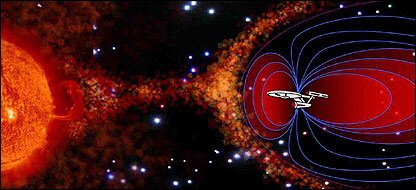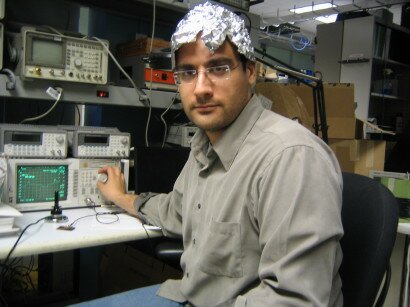Ron Cowen, Science News reports:
Did last New Year’s Eve seem a trifle tedious? Did your celebration go on a little too long? Maybe that’s because just before midnight Greenwich Mean Time—6:59:59 Eastern Standard Time to be exact—the international authority on timekeeping ordered everyone to wait a second. For the 23rd time since 1972, the International Earth Rotation and Reference System Service added an extra second to the time standard, a worldwide network of some 200 atomic clocks.
The clocks, most of them governed by the ultrasteady vibrations of electrons in cesium atoms, are accurate to a tenth of a billionth of a second a day. However, humankind’s oldest clock—Earth’s rotation—isn’t nearly so precise. Primarily in response to the moon’s tidal pull on the oceans, our planet isn’t turning quite as fast as it used to. To keep Earth time and atomic time in sync, experts have agreed to insert a leap second every few years into the official atomic-based standard, which is called Coordinated Universal Time.
Because the rate at which Earth slows isn’t perfectly predictable from year to year, leap seconds are announced only 6 months in advance. That’s a concern for software designers, operators of satellite-based systems, and anyone else who relies on split-second communications. Six months isn’t much warning for engineers who operate computer programs or types of equipment that require precise time information and are intended to last for at least a decade. Some operations, such as the Global Positioning System, use custom time scales that eschew leap seconds entirely.
A glitch in inserting a leap second, these researchers say, could throw everything off, whether it’s the timing of an international business deal, the location that a missile hits, or the star that the Hubble Space Telescope observes. “A 1-second hiccup in the phasing of North American power grids would likely cause a hemispheric blackout,” notes Daniel Kleppner, director of the Massachusetts Institute of Technology–Harvard Center for Ultracold Atoms in Cambridge, Mass., in the March Physics Today.
Inserting a leap second “is a little bit like walking along the San Andreas fault,” comments Tom Van Baak, a self-described precision-time hobbyist from Bellevue, Wash. It’s typically an innocuous experience, but there’s always the potential for catastrophe lurking beneath the surface.
With Earth continuing to grow more sluggish, scientists note, leap seconds will have to be introduced more and more frequently. “Eventually, you get to the point that the paradigm involved in this won’t work,” says Dennis McCarthy, a time specialist now retired from the U.S. Naval Observatory. “You’ve got to do something different. The addition of leap seconds is going to be an increasing nuisance for people who are counting on a time scale where a minute actually contains 60 seconds.”
That’s why a group of U.S. time-communication specialists, part of the International Telecommunications Union, proposed in 2004 to do away with leap seconds altogether. Let atomic time be out of whack with Earth rotation–based time, these scientists say. Their proposal is now under review by a working group of the union.
(more…)






